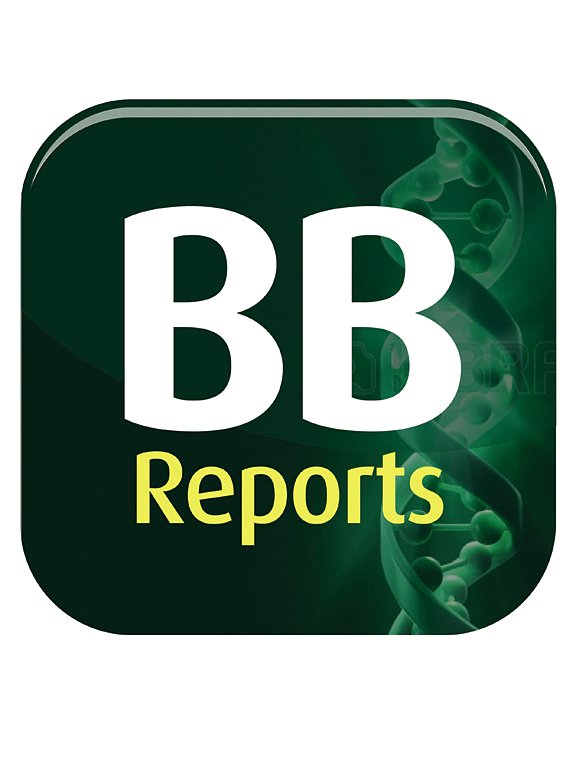Study on metabolic disorders in rat liver induced by different times after scalds
IF 2.3
Q3 BIOCHEMISTRY & MOLECULAR BIOLOGY
引用次数: 0
Abstract
Previous studies have confirmed that burns and scalds can lead to metabolic disorders in the liver. However, the effects of severe burns at various time points on liver lipid metabolism disorders, as well as the relationship between these disorders and liver function, metabolism, and infection, have not yet been investigated.This study established a SD rat scald model, macroscopic observation of weight changes, histological staining, Western blot detection of fat browning and metabolic indicators, reverse transcription quantitative polymerase chain reaction analysis of the expression of liver new fat generation genes, determination of liver function and inflammatory indicators.The results show that steam scalding of 30 % of the back skin surface area of rats for 30, 20, and 10 s can result in severe skin scalds. Liver Oil Red O staining revealed fat deposition in the scald group, which became more pronounced with longer scald durations. The fat deposition was most evident on the fifth day post-scald and gradually returned to normal over time. This phenomenon is primarily attributed to elevated liver function indicators, including TBIL, ALT, and AST, in the scald group compared to the control group. Additionally, there was activation of peripheral blood inflammatory cells (WBC, MON, NEU,TNF-α, IL-6, and IL-10) and infiltration of inflammatory cells in the liver, along with liver cell edema. The honeycomb-like appearance of peripheral epididymal fat and the significant increase in the expression of lipolytic proteins (UCP1, ATGL, HSL, and P-HSL) were also observed, alongside abnormal expression of key genes (CES and SCD1) associated with liver neovascularization. The changes are caused by the combined effects of these factors.
烫伤后不同时间对大鼠肝脏代谢紊乱的影响。
先前的研究已经证实,烧伤和烫伤会导致肝脏代谢紊乱。然而,不同时间点严重烧伤对肝脏脂质代谢紊乱的影响,以及这些紊乱与肝功能、代谢和感染的关系,目前还没有研究。本研究建立SD大鼠烫伤模型,宏观观察体重变化,组织学染色,Western blot检测脂肪褐变及代谢指标,逆转录定量聚合酶链反应分析肝脏新脂肪生成基因表达,测定肝功能及炎症指标。结果表明,蒸汽烫伤大鼠背部皮肤表面积的30%,持续30、20和10 s可导致严重的皮肤烫伤。肝油红O染色显示烫伤组脂肪沉积,随着烫伤时间的延长,脂肪沉积更加明显。脂肪沉积在烫伤后第5天最为明显,随着时间的推移逐渐恢复正常。这一现象的主要原因是烫伤组肝功能指标,包括TBIL、ALT、AST较对照组升高。此外,外周血炎症细胞(WBC、MON、NEU、TNF-α、IL-6、IL-10)活化,肝脏炎症细胞浸润,肝细胞水肿。还观察到附睾外周脂肪呈蜂窝状外观,脂溶蛋白(UCP1、ATGL、HSL和P-HSL)表达显著增加,同时与肝脏新生血管相关的关键基因(CES和SCD1)表达异常。这些变化是由这些因素的综合作用引起的。
本文章由计算机程序翻译,如有差异,请以英文原文为准。
求助全文
约1分钟内获得全文
求助全文
来源期刊

Biochemistry and Biophysics Reports
Biochemistry, Genetics and Molecular Biology-Biophysics
CiteScore
4.60
自引率
0.00%
发文量
191
审稿时长
59 days
期刊介绍:
Open access, online only, peer-reviewed international journal in the Life Sciences, established in 2014 Biochemistry and Biophysics Reports (BB Reports) publishes original research in all aspects of Biochemistry, Biophysics and related areas like Molecular and Cell Biology. BB Reports welcomes solid though more preliminary, descriptive and small scale results if they have the potential to stimulate and/or contribute to future research, leading to new insights or hypothesis. Primary criteria for acceptance is that the work is original, scientifically and technically sound and provides valuable knowledge to life sciences research. We strongly believe all results deserve to be published and documented for the advancement of science. BB Reports specifically appreciates receiving reports on: Negative results, Replication studies, Reanalysis of previous datasets.
 求助内容:
求助内容: 应助结果提醒方式:
应助结果提醒方式:


